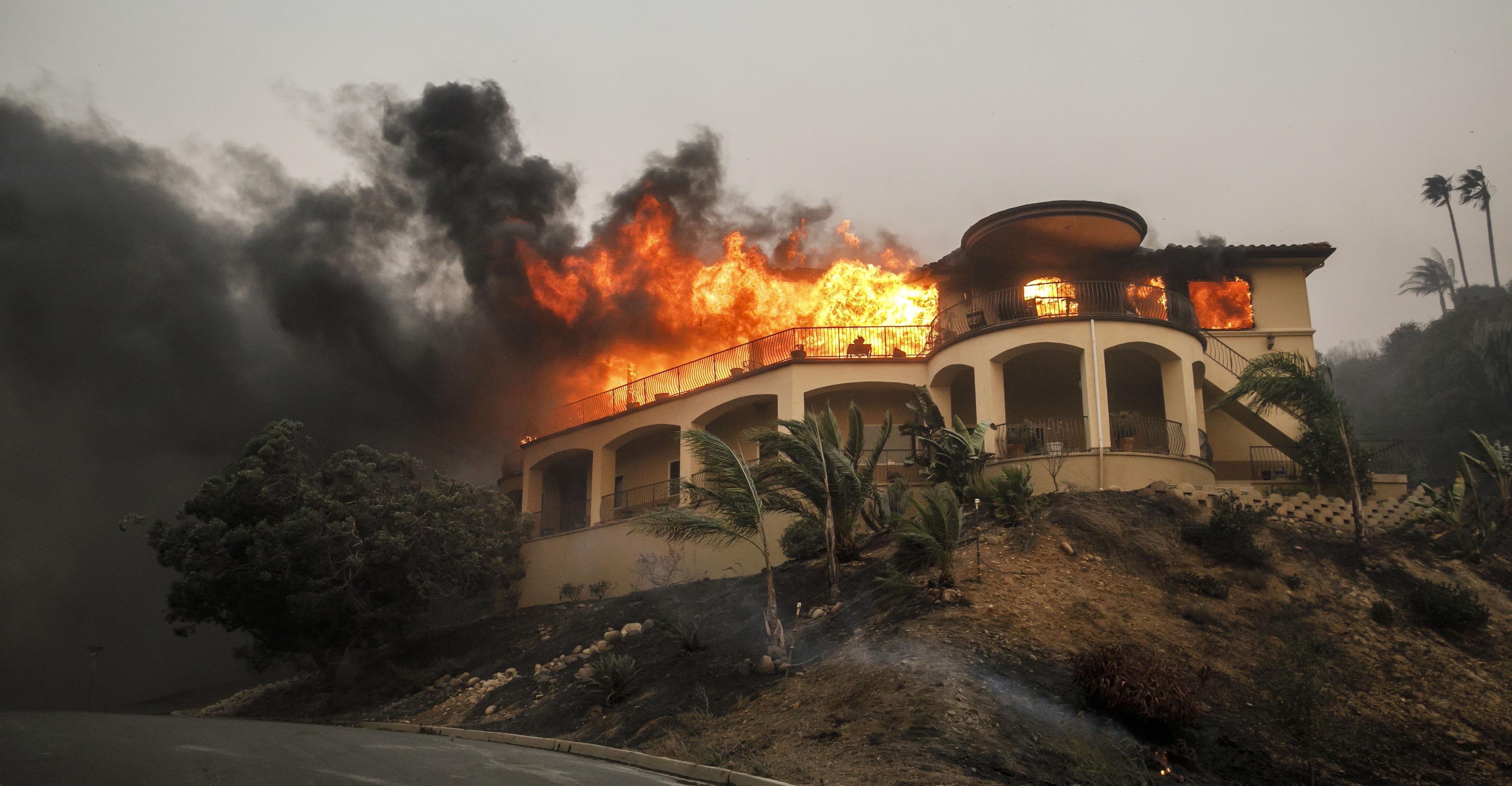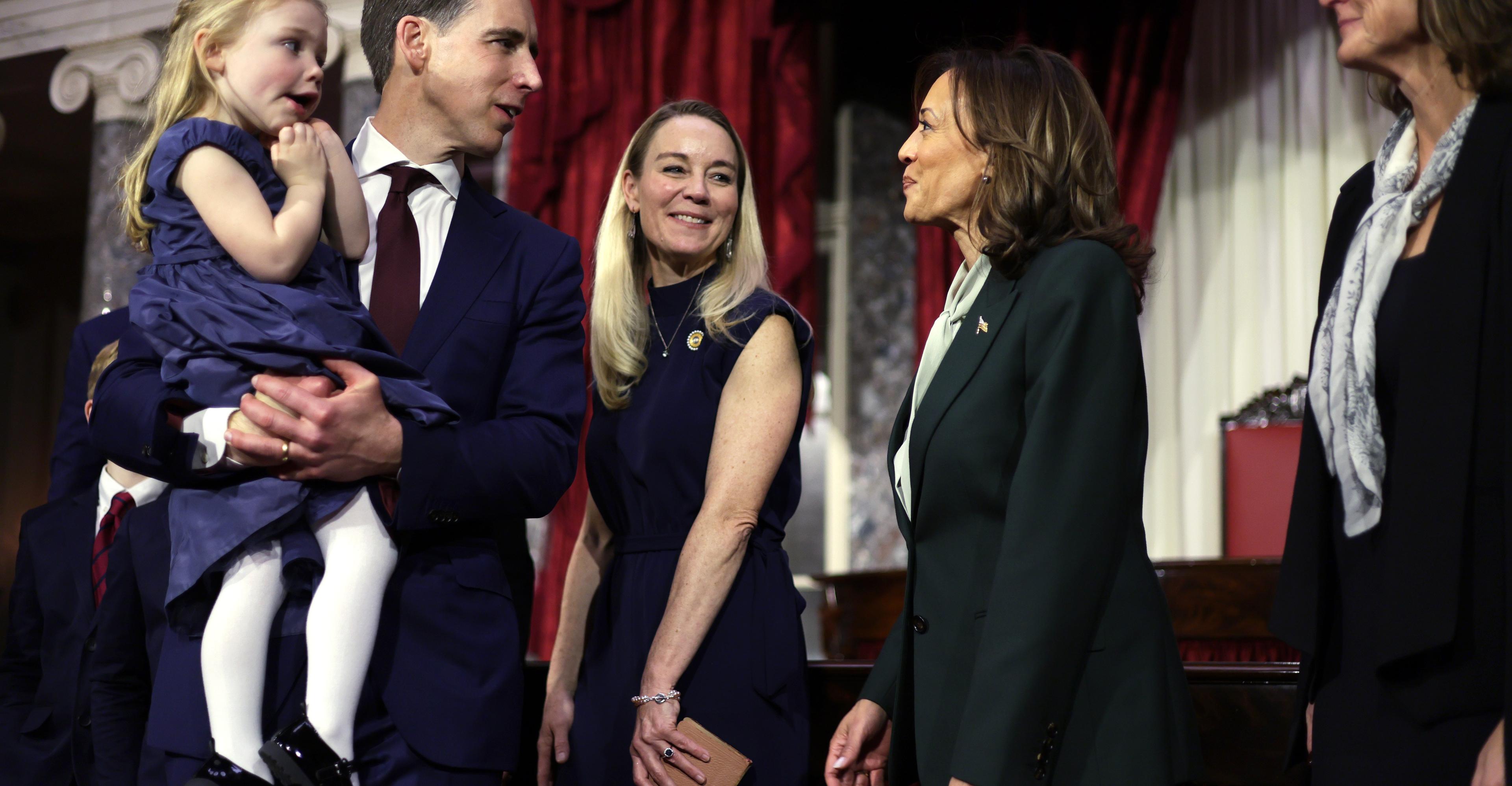In Central Mexico’s forests, armed community members defend an iconic butterfly from cartel-backed logging.


This story is part of a Vox series examining how the climate crisis is impacting communities around the world, as the 28th annual United Nations conference on climate change (COP28) unfolds.
Every winter, northwest of Mexico City, the branches of the Oyamel fir trees ignite in orange, colored by the wings of monarch butterflies that have made the epic journey south from Canada and the United States.
The forest is home to the Monarch Butterfly Biosphere Reserve, created by presidential decree in 1986 and designated as a Unesco World Heritage site in 2008. The reserve shelters nearly 90 percent of the region’s over-wintering monarch butterfly population.
Despite the fact that the Monarch Butterfly Biosphere Reserve is internationally protected, decades of degradation of the forest have posed an existential threat to this fragile ecosystem. Over the past four decades, the number of winter roosting sites for the butterflies in the reserve has fallen by over 50 percent, driven in part by illegal logging.
After researchers found that 10 percent of total canopy cover had been lost between 2001 and 2012, the Mexican government ramped up enforcement of laws prohibiting logging. Government raids on illegal sawmills in the reserve sharply reduced logging. Yet according to an analysis by the World Wildlife Fund, the rate of forest degradation in the reserve tripled in 2022.
To protect these forests — one of the few remaining wintering refuges for migrating monarchs — the local Mazahua Indigenous community in Crescencio Morales has established its own security force.
:no_upscale()/cdn.vox-cdn.com/uploads/chorus_asset/file/25171579/1233393446.jpg)
Guardia comunales, or communal security units, historically operate independently from the state and federal governments, which the community says fail to prevent illegal logging in the reserve. These forces are made up of regular members of the community. Earlier this year, I visited a new base the community was building, alongside rows of high-performance pickup trucks used to navigate the difficult forest terrain, where illegal loggers often hide. Guardia comunal fighters wore military fatigues and carried lightweight semi-automatic AR-15 assault rifles.
As these self-described forest defenders from Crescensio Morales fight to protect the monarch butterfly’s refuge, Indigenous leaders took the global stage at the United Nations annual climate change summit in Dubai to wage this battle on a second front: to convince world leaders to recognize the dangers environmental land defenders, particularly in Latin America, face and to build stronger mechanisms to support them.
During the COP28 summit in Dubai this month, María José Andrade Cerda, an Indigenous young woman from the Kichwa community of Serena in Ecuador, spoke. She is a member of the Yuturi Warmi, the first Indigenous and female-led land-defense group in the Napo province in the Ecuadorian Amazon. “As Indigenous Peoples, we call on COP28 and on each and every one of you to do your bit (or as we say, contribute your grain of corn) toward the sustainable use and management, and conservation of natural and cultural resources,” said Cerda. “We call on world leaders to recognize and respect our rights and our territories — to guarantee the full and effective participation of Indigenous Peoples in ongoing negotiations, and direct access to adequate financial resources.”
Around the world, environmental activists face increasing violence
As their weapons indicate, the world’s environmental defenders need defending. Every day, the councils of Crescencio Morales’ guardia comunales work in shifts, patrolling their community as well as the boundary of the Monarch Biosphere Reserve. They say they are threatened by sicarios, cartel hitmen, who also benefit from the illegal trade, and are allied with clandestine loggers who camp in the surrounding forests. The guardia comunales run well-armed patrols through their territories to prevent the sicarios from expanding their territories and cutting down the precious Oyamel fir trees.
These conflicts put environmental activists at great risk. Mexican president Andrés Manuel López Obrador has promised to stop such violence, but the country remains among the world’s deadliest for those defending its pristine ecosystems. In January 2020, the body of the anti-logging activist and monarch butterfly defender Homero Gómez Gonzalez was found in a community near Crescencio. Activists suspect his death was connected to illegal logging disputes, the Guardian reported.
The pressures that Mexico’s Indigenous activists face are emblematic of similar conflicts arising globally. Communities like Crescencio Morales are on the front lines of a battle to protect their local environment from a mounting scramble for natural resources, amplified by corruption.
Members of Crescencio Morales’s community told me that in addition to fighting the illegal loggers, they also protect their forested mountains from mining companies seeking to extract gold, silver, and copper — minerals now in high demand as the world transitions to clean energy technologies.
Land defenders around the world — in countries including Mexico, Brazil, The Democratic Republic of the Congo, and the Philippines — face increasing violence as they defend their territories, according to Global Witness, an accountability nonprofit that studies the link between natural resources, conflict, and corruption. A 2023 investigation by the organization found that nearly 2,000 activists have been killed over the last decade for their efforts to protect the planet, many of them from Indigenous communities trying to preserve their ecological heritage.
The majority of recorded killings of land defenders in 2022 took place in Latin America, making the continent perhaps the most dangerous place for environmental defense.
Indigenous lands include some of the planet’s most threatened landscapes
The Mexican constitution protects the right of Indigenous communities’ self-determination — which, among other forms of sovereignty, allows them to govern their land communally. In 2023, more than 50 percent of Mexico’s land fell under these legal regimes, termed tierra comunal or tierra ejidal — which roughly translates to communal land. This, according to a study by the Rights and Resources Initiative, is the highest percentage of land collectively owned by Indigenous and local communities of any country in the Americas.
This unique aspect of Mexican Indigenous heritage means that broad swaths of land in Mexico remain protected. Yet mounting effects from climate change as well as political and economic pressures mean that some of Mexico’s Indigenous communities have been forced to block highways in protest and appeal for help to protect themselves, their communities, their ecosystems, and their way of life.
Mexico’s unique legal regime is especially important for Crescencio Morales because it offers communities in the area, with deep historical and cultural ties to the monarch butterflies, the legal authority to protect the reserve. But the law can only do so much to protect the refuge and its migrating butterflies from illegal logging pressure.
To prevent destruction of the Monarch Biosphere Reserve, Indigenous activists have taken their security and that of the butterflies’ precious trees into their own hands. When I visited Crescencio Morales earlier this year, I walked with a community policeman named Aurelio during an armed patrol along his community’s border. (We are withholding his identity and using a pseudonym to protect him from being targeted by local violence.) At the summit of one of the hills surrounding the community, Aurelio told me Crescencio Morales had been forced to arm itself to protect its people, butterflies, and forests.
The security situation in towns such as Crescencio Morales is complex. According to other community leaders I spoke with this year, who wished to remain anonymous due to security risks, the locals did not trust the army or the state police, which they often suspected of cutting business deals with the cartels. Armed security volunteers who protected the community from taladores, the illegal loggers, patrolled their town in pickup trucks.
These hyperlocal battles — on highways and in open warfare by the guardias comunales — have larger stakes: Mexican Indigenous environmental activists are defending landscapes that have implications for global biodiversity. Without their efforts, environmentalists fear systemic deforestation from illegal logging, which would not only destroy habitat for vulnerable species but also increase the greenhouse gas emissions that further drive climate change. And without the preservation of the Crescencio Morales Monarch Butterfly Biosphere Reserve, an important chain in a migration that connects ecosystems from Canada to Mexico would be severed.
:no_upscale()/cdn.vox-cdn.com/uploads/chorus_asset/file/25171560/827540076.jpg)
Indigenous leaders call for direct financial support at UN climate summit
Much of the planet depends on the protection provided by these Indigenous groups. Eighty percent of Earth’s biodiversity lies within Indigenous lands, which includes nearly 40 percent of the world’s remaining, intact forests. Yet Indigenous people and local communities receive less than 1 percent of global funding for climate and biodiversity and often lack direct access to funding.
As reported by Inside Climate News, the International Indigenous Peoples’ Forum on Climate Change (IIPFCC) delegation at the UN climate summit this month argued that climate agreements should support Indigenous peoples and local communities financially so they can better preserve ecosystems.
Such an agreement would support local conservation work by Indigenous communities and, in the case of the Monarch Butterfly Biosphere Reserve, help local communities boost their defense against illegal loggers.
During the UN summit in Dubai, world nations also made non-binding pledges to a loss and damage fund, ostensibly to compensate communities for adverse effects of climate change such as forest loss, soil degradation, and damage from increasingly intense hurricanes. But many of Mexico’s Indigenous communities worry these international funds will take too long to get to the communities that need them most or that they will be misappropriated by the government or international organizations.
Global conservationists, however, recognize that Indigenous people are a priority. “Nature is central to our collective humanity, our various cultures, identity, and futures as human beings,” said Sushil Raj, executive director of rights and communities for the Wildlife Conservation Society. “[Indigenous peoples] are the best guardians of nature.”
Until they receive more international and national support, activists such as the Indigenous defenders in Crescencio Morales feel they are on their own. A council leader in Crescencio, Silvestre Chávez, told me that the government had done little to protect his community from the illegal loggers and sicarios who still threatened his forest.
He said he still waits for justice for the death of Homero Gómez González, who was known locally as the “Guardian of the Monarch.” “We cleaned up our community on our own,” Chávez said. “At least in our part of the forest, we can now say that people and butterflies are safer.”
Thieves drill into German bank vault and make off with millions
- 13 hours ago

The year of ‘decentering men’
- 6 hours ago
PM Shehbaz reiterates resolve to elevate Pak-UAE longstanding ties
- 12 hours ago

Ubisoft shuts down ‘Rainbow Six Siege’ servers following hack
- 8 hours ago

GOG’s Steam-alternative PC game store is leaving CD Projekt, staying DRM-free
- 8 hours ago

I’m The Verge’s Senior Internet Typist, ask me anything while Nilay’s away!
- 8 hours ago

Zohran Mamdani on his mayoral transition and what comes next
- 6 hours ago

Google Photos is coming to Samsung TVs in 2026
- 8 hours ago

In America, surviving a disaster increasingly depends on what you can afford
- 6 hours ago

Why conservatives should pay parents to stay home
- 6 hours ago

Rodeo is an app for making plans with friends you already have
- 8 hours ago

Turn your PC into a Super Nintendo with Epilogue’s new USB dock
- 8 hours ago




